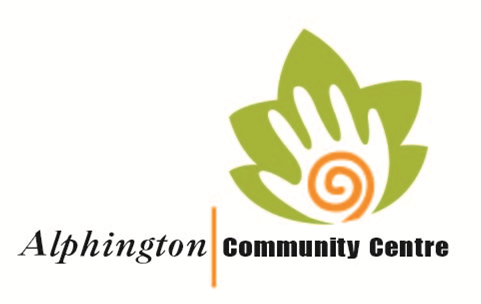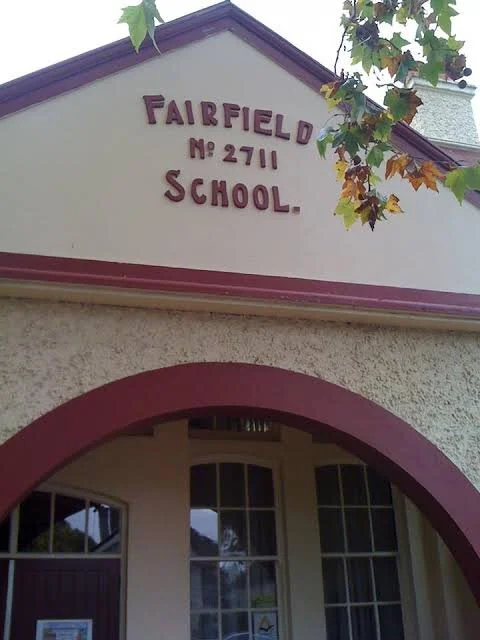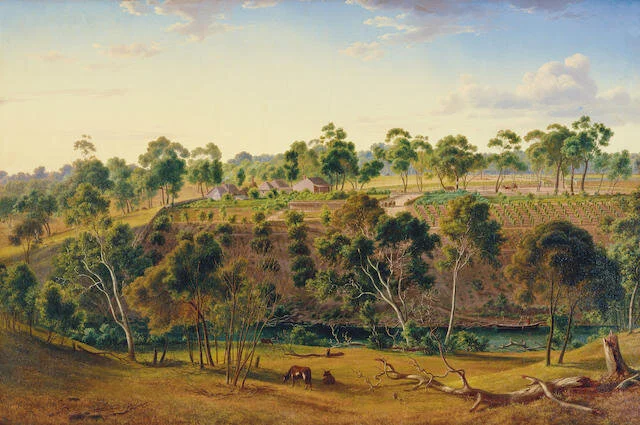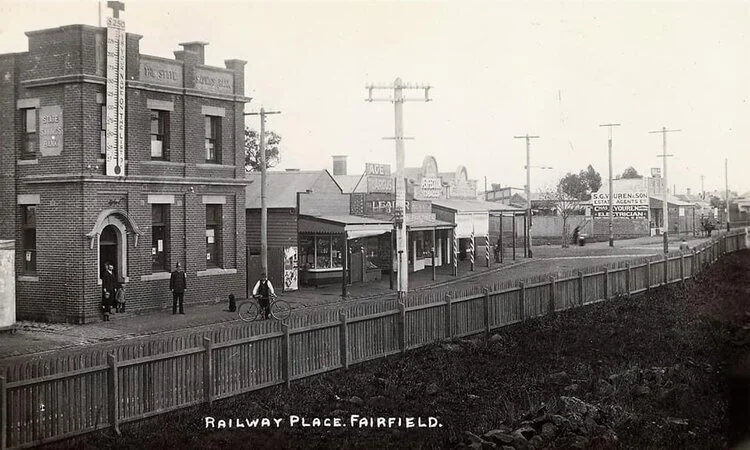I saw a post this week published on the Fairfield 3078 Facebook Group. I thought everyone would enjoy this snippet of it … (thanks Agnese for putting this info together).
Did you know that in 1919 the school holidays were extended due to the first wave of the Spanish flu? And Fairfield Primary School became a temporary hospital? The first patient was admitted on 16 February under the care of Dr Heffernan, a matron, an ambulance driver, two nurses, two wardsmen and a cook. The services of the hospital were free, but patients were asked to provide certain items of clothing and sheeting should the need arise. The telephone, gas and electricity were laid on to the school, and beds, bedding and medical equipment purchased.
The service lasted less than a month and in early March the school building was disinfected and fumigated in readiness for the children who returned to the school on 8 March.
And the bit I liked the most … the advice of the Minister for Health in 1919,
Travel as little as possible, avoid crowds, live as much as possible in the open air and lead quiet and cheerful lives.
GREAT advice right … especially the last bit. Lead quiet and cheerful lives …
From the State Library archives.











